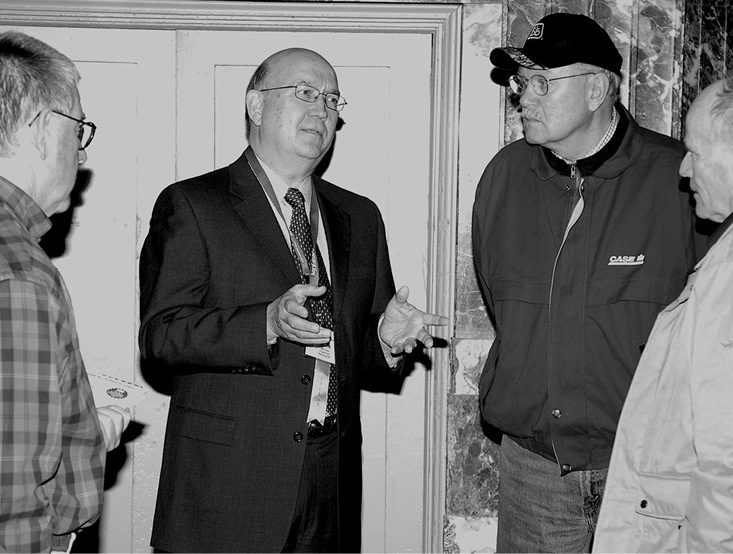No-Till Farmer
Get full access NOW to the most comprehensive, powerful and easy-to-use online resource for no-tillage practices. Just one good idea will pay for your subscription hundreds of times over.

If you've been continuously no-tilling for more than a decade, Mark Alley says you’ve got a lot of good things going on in your soils that can help you keep your fertility costs manageable.
“In long-term continuous no-till, we have high levels of nutrients in organic matter and significantly higher levels of organic nitrogen,” the Virginia Tech agronomist says. “As we build up organic matter over the years, we see a large increase in the pool of nitrogen. What we are seeing, particularly with wheat crops, is that we are reducing the total amount of applied nitrogen after we get into 12, 14 or 15 years of no-till because we get more of the nitrogen cycling.”
Alley adds that organic matter offers benefits by coating mineral soil particles.
“That reduces phosphorus interaction with the particles and reduces the fixation, meaning it stays more available for more plant uptake,” he says. “We do get stratification of phosphorus and potassium because of surface application. Plant roots move these materials deeper in the soil profile, but they are also left on the surface within residue.”
Alley says the key to fertilization, however, is to get the nutrients you need properly placed below the surface residue to reduce immobilization. Placing high concentrations of nutrients near seedlings also maximizes early season uptake of nutrients.
“As no-tillers, we love the surface cover in a mulch layer,” Alley says. “But bad things can happen to good nutrients when they are broadcast applied in no-till…